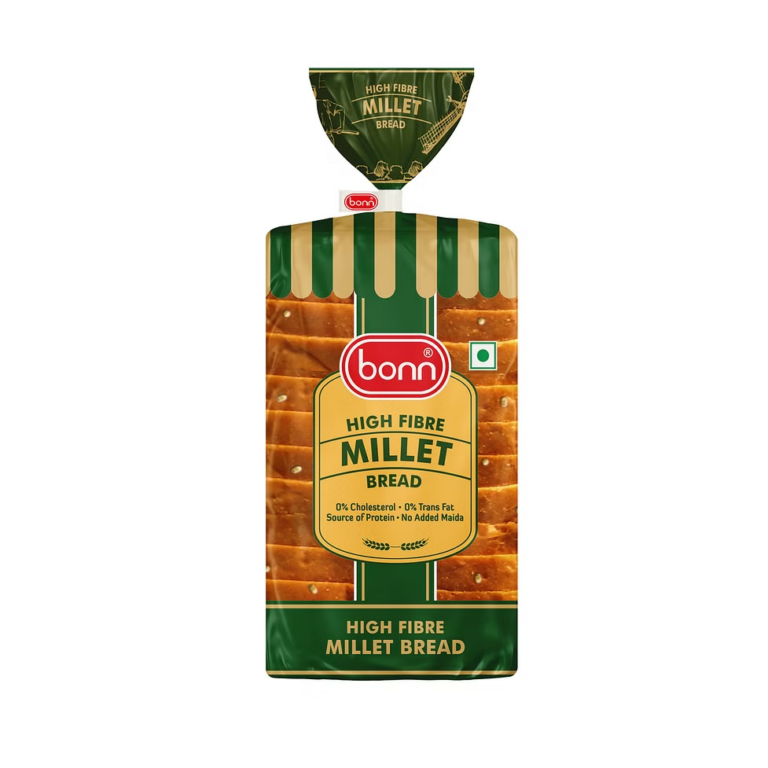You are pricing it wrong
95 % of the products fail due to bad pricing
Navigating India’s vibrant market place feels like a lively game of chess—each pricing strategy is a different piece with its charm and challenges.
So, let’s break down the fascinating world of pricing in India and how to come out a winner.
1. Value for Money (VFM) Pricing: The Big Bazaar Approach:
Take Big Bazaar, for instance. Their tagline, “Isse Sasta Kahi Nahi,” sums it up perfectly—offering a plethora of products that promise ‘value for money.’ Customers flock here because they know they’re getting products without breaking the bank.
Pros: Customers feel smart and savvy—like they just scored a winning goal.
Cons: The moment competitors drop their prices, loyalty can waver faster than Rahul Dravid’s defence!
There is nothing like value for money pricing. Value is always in consumer’s mind.What you are telling the customer is that “Give me less money ,since my product is just ok “
2. Penetration Pricing: Flipkart’s Grand Entrance:
Remember when Flipkart first barged into the e-commerce scene? Their aggressive pricing on electronics and books was a “steal!” They didn’t just want customers; they wanted devotees.
Pros: By attracting a large customer base nearly overnight, they created a loyal community.
Cons: However, eventually, they had to balance cheaper prices with profitability, leading to complex price adjustments.
This is always dangerous for any brand in the long term.
3. Skimming Pricing: Apple’s Luxe Vibe:
Now, let’s talk about a brand that knows how to wield skimming pricing like a master swordsman—Apple! Launching at a premium price and slowly reducing it can be breathtaking.
Pros: Apple cultivates an aura of exclusivity—it’s not just a phone; it’s a lifestyle!
Cons: But this strategy may alienate cost-sensitive customers who feel left out of the VIP club of “i” enthusiasts.
But you must have a great quality product like Apple to justify your over-the- top pricing.
4. Lowest Pricing Strategy: The Reliance Jio Revolution:
When Jio stormed the telecom market, it felt like Diwali fireworks! Offering free voice calls and ultra-low data prices, Reliance Jio changed the game overnight.
Pros: It captured an enormous market share and set the stage for a data revolution.
Cons: However, that low pricing was a double-edged sword—it put pressure on other telecom companies to cut their prices or risk extinction.
Consumers will always suspect the quality of a low priced product unless you can back it with lots of promotion like Jio. You also have no money left even to breathe-forget about advertising and promotion. Your brand also becomes history, if another brand comes with a lower price. Everybody bleeds in this pricing game. I call it fastest race to the bottom.
5. Discount Pricing: Myntra’s Fashion Fests :
Ah, the sweet smell of discounts! Myntra’s ‘End of Season Sale’ is like a carnival, with prices slashed like you’d slice through cake at a party. Who doesn’t love a good bargain?
Pros: Discounts draw in budget-conscious consumers, creating a shopping frenzy. Remember, amazon and flipkart’s Diwali discount sale
Cons: But too many discounts can dilute brand value and potentially scare away loyal full-price customers.
The Final Thoughts:
Each pricing strategy comes with its own set of strengths and weaknesses—like building a house of cards! As Indian consumers navigate swinging price tags, brands must adapt to keep their audience engaged and excited. The key is balance—creating an irresistible offer while keeping the heart of the brand intact.
Ultimately, our adventure through pricing strategies reminds us that in India, every purchasing decision is a story waiting to unfold. So, keep those wallets ready, and enjoy the show!

About the author: Hemant is the Founder & CEO of branding and marketing firm ”Neeti Brand Accelerator” in Mumbai.
He is a brand strategist and has worked with more than 150 brands during last two decades. He is also mentor and coach to SMEs and startups. You can visit the website neeti.biz. You can contact him at hemant@neeti.biz







